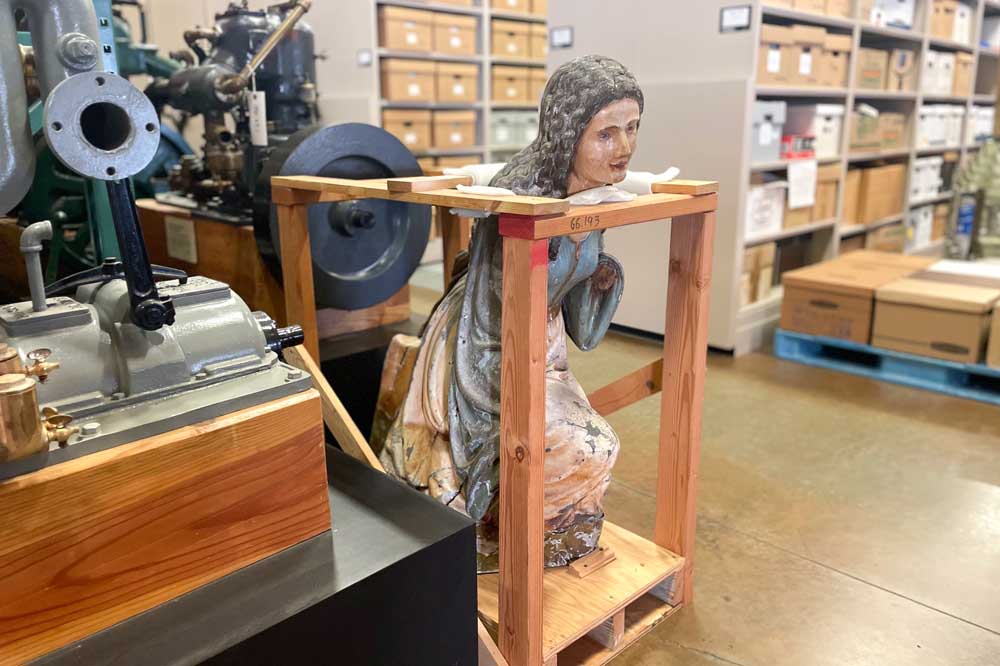Weekend Break: Ship figureheads
Published 1:00 pm Friday, December 1, 2023

- Some historians believe figureheads were meant to symbolize the feminine energy on board a vessel.
We often see ships’ figureheads today isolated from their historical context — separated from their vessels and on display in museums.
However, for hundreds of years, figureheads identified a ship to others, embodying qualities like strength, speed or courage.
This tradition traces back to the ancient seafaring societies in Greece, Rome and Egypt.
Some cultures harnessed the power of their respective gods, goddesses and classical heroes. Others carved an animal that would offer the ship strength and protection. Birds, horses and wolves were particularly common in the ancient world.
The practice of carving figureheads spread across Europe and the rest of the world between the 16th and 19th centuries.
These images were especially important given that many people couldn’t read during this time. Figureheads made a ship easy to identify — not only for sailors, but also for the rest of the coastal community.
During the 1600s and 1700s, lions were the standard symbol across the British navy because of their link to the royal coat of arms.
Figurehead standards were not formally regulated until about 1700. Because a ship’s ornamentation was so closely linked to its prestige, carvings in the Baroque era were large, intricate and heavy.
They became so big that some figureheads impeded the performance of the ship. Having significant extra weight on the vessel’s bow affected its balance and speed.
In addition to paring down the design of the statues, carvers also switched from woods like elm or oak to yellow pine, which were considerably lighter.
As time went on, famous human figures were depicted more often. Queen Victoria’s image was common on 19th-century sailing vessels.
Although it was considered unlucky by many to have a woman aboard during the Golden Age of Sail, feminine images were common in figureheads.
Some historians believe this is because ships were regularly referred to with the pronoun “she.” Considering that many mariners regarded their ship as a living being, it’s possible the figurehead was meant to represent the only feminine energy on board.
Sailing ship construction reached its peak in the United States in the 1850s. By the turn of the century, the number of new ships produced significantly declined.
As the maritime world made its transition from sail power to steam power, the art of figurehead carving began to die away. Not only were the carvings expensive to commission, but the design of ships changed enough that it no longer made sense to accommodate a massive figure on the bow.
By World War I, most had phased out the use of figureheads. Navy vessels were being constructed from iron instead of wood. Carvings were often saved even as the ships were being scrapped.
Although most sailing ships from the 18th and 19th centuries are no longer with us today, their figureheads remain a testament to those great maritime powers.









